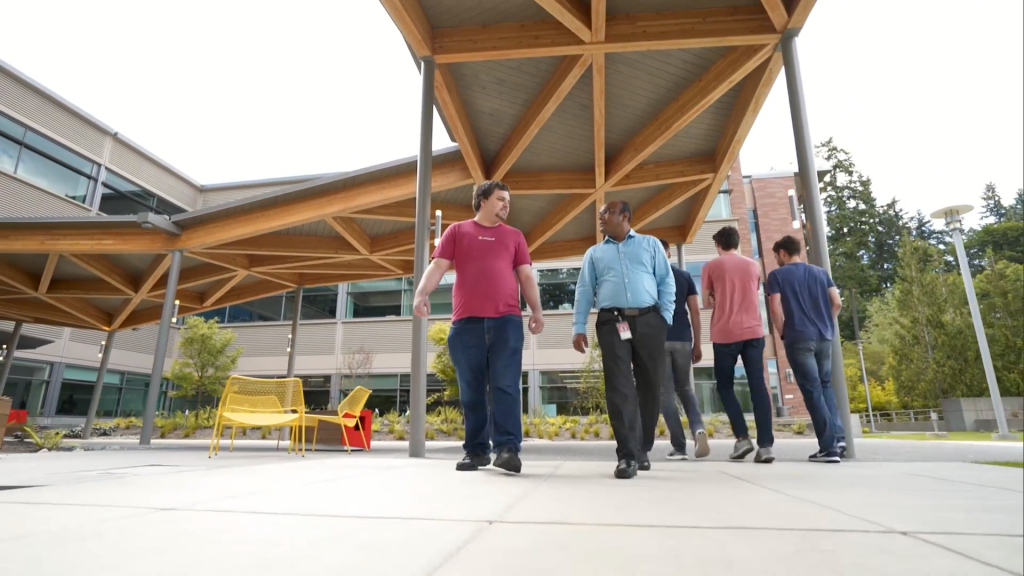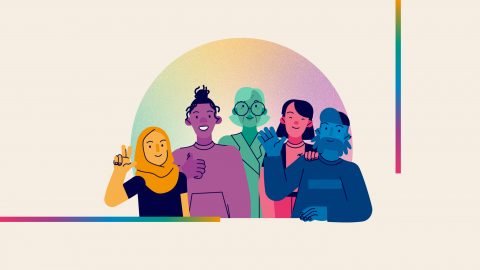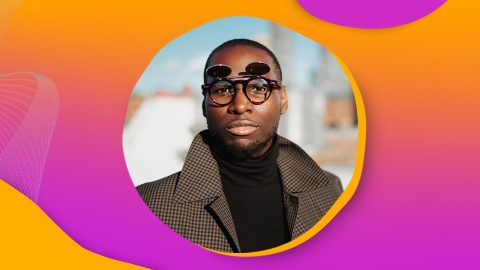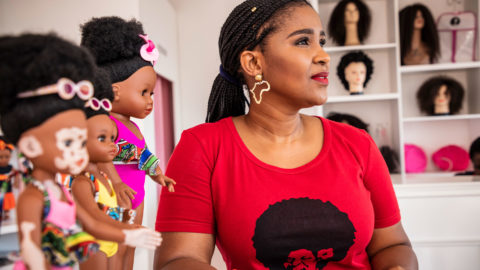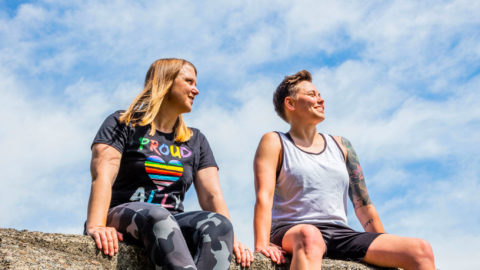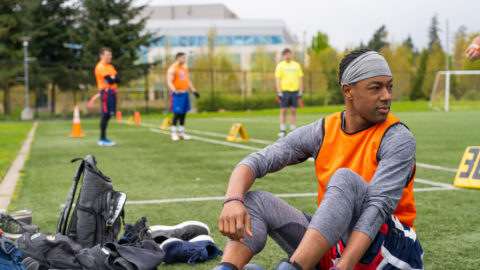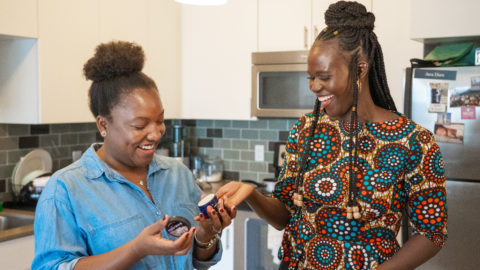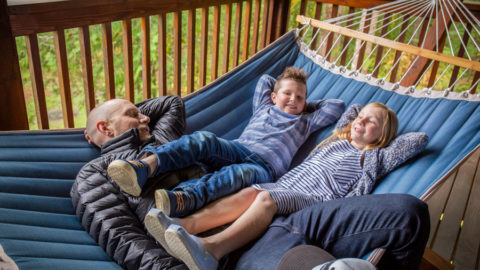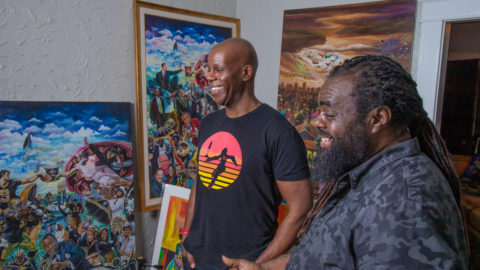Widening the spectrum: job candidates on the autism spectrum are empowered to let their talents shine
How inclusive hiring helps undercut standard recruiting practices that aren't always accommodating for everyone
For technology to truly help people achieve their potential, it has to be able to help everyone. And the people creating that technology must reflect the people who will use it. Technology needs to work across what Jenny Lay-Flurrie calls “the spectrum of being human.”
“By having people with disabilities in the fabric of our company, [we’re] building in a diverse workforce that then represents the one billion people with disabilities out there,” said Lay-Flurrie, Microsoft’s chief accessibility officer. “We’re going to be building better products, better services, websites . . . anything we do will work across the spectrum of being human.”
That spectrum includes many types of people who have talent and passion and who can help change the world. People like Joey Chemis, who came to work at Microsoft through the company’s program to recruit and hire people with autism, a program that started two years ago.
Researchers estimate the unemployment and underemployment rates for people on the autism spectrum are 70–90 percent. That was the frustrating reality for Chemis: he had advanced skills in math and was excited to put them to use, but he couldn’t get interviews. While he was working minimum-wage jobs, he knew he was “destined for something more.”
To connect with candidates like Chemis, recruiters first focus on the “front door,” explains Jen Guadagno, senior inclusive hiring program manager. Standard recruiting practices are not always accommodating for people on the autism spectrum. Recruiters receive training and guidance on how to best engage and interact with people based on their communication styles. For example, a candidate might have a tendency to answer questions exactly and succinctly, so learning to drive the conversation deeper and ask more questions is important for the employees and hiring managers who conduct the interviews.
Through Microsoft’s efforts to hire employees on the autism spectrum, recruiters and hiring managers also put an emphasis on looking at a candidate’s background holistically. For instance, someone might have advanced degrees but be working at a big-box store. “Because of that, there might be this perception of why someone doesn’t have a job in their field,” Guadagno said. To better assess experience, recruiters also look at technical projects and relevant volunteer work. “Just because you’re not working in your desired career, it doesn’t eliminate you.”
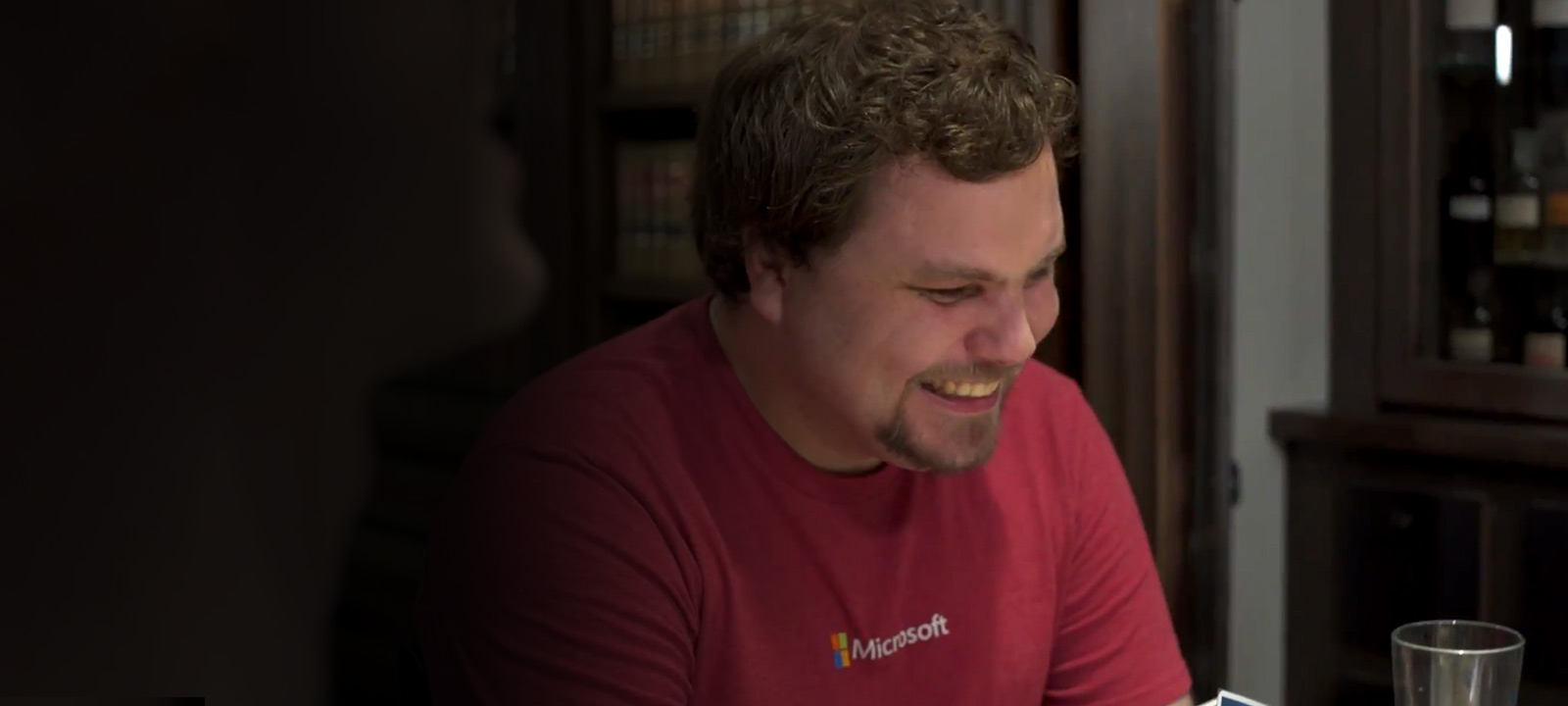
Once the candidate is invited to a hiring event, a process that includes team-building exercises and mock interviews with feedback helps them feel supported. A technical skills assessment “helps to drive more insight into someone’s skills and experience and puts more focus on their ability to do the job,” Guadagno said.
The program is part of Microsoft’s broader inclusive hiring for people with disabilities.
Being inclusive means support like interview accommodations based on people’s needs and educating interviewing teams on disabilities and etiquette. “We want to set a candidate up for the best possible experience to showcase their skills,” Guadagno said.
Inclusive hiring helps bring talented employees such as Chemis, Amos Miller, Jessica Rafuse, and Swetha Machanavajhala to Microsoft. Being inclusive not only reflects our culture and our mission of empowerment, but it also makes good business sense, says Lay-Flurrie.
“A diverse and talented workforce brings new perspectives that help advance our ability to delight all of our customers,” she said.

From the beginning of his interview process, soon after the program was launched, Chemis felt that people at Microsoft were really interested in getting to know his strengths and passions. “You played with a bunch of tools. You had an assignment where you had to demonstrate your coding skills . . . you had some informal interviews called chats to figure out if you’d be a fit for the company.” The process allows people with autism to “shine and show their true colors and abilities,” he said.
Chemis still feels the same commitment today that he felt during his interviews, from the work he now does talking to new recruits going through the program to the way the Redmond campus regularly reminds him of how Microsoft supports employees. “I love the fact that it’s an inclusive culture and that inclusion is written all over the elevators and all over the walls,” he said. “You’re going to come here, you’re going to try things, you’re going to experiment. Some of the experiments won’t work out, but it’s OK because the end goal is for you to learn and develop and make great stuff.”
If Chemis could somehow go back and advise his younger self about the future, he says that he would say this: “You’re going to do really cool things. You’re going to end up getting a really cool job at Microsoft.”

